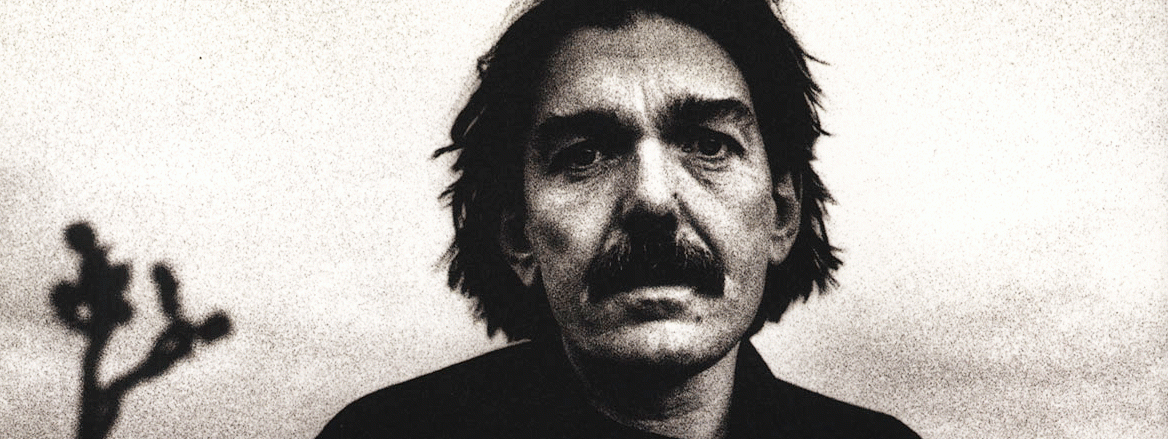Writing about music is like dancing about architecture – Frank Zappa
Indeed, and I would suspect that Frank Zappa might have similar opinions on the subject of writing about paintings, at least those of his long-time protege Don Van Vliet (more popualarly known by his stage name of Captain Beefheart). Seven of Van Vliet’s recent oil-on-linen efforts are currently at the San Francisco Museum of Modern Art as part of the ongoing series of small-scale exhibitions titled New Work. Now you might ask, “Why is the museum devoting exhibition space to the essentially naive paintings of a man whose primary metier is a peculiar kind of music that inspires rabid loyalty from aficionados and disconcerts the uninitiated?” A good question that can only lead to reflections on the relationship between institutional decision-making processes and the socioeconomic factors of celebrity and fashion. Suffice to say that Julan Scnabel and A. R. Penck (two stars who should need no introduction to ARTWEEK readers) have taken it upon themselves to champion the pictorial efforts of Van Vliet as an extension of their own enthusiasm for the Beefheart band’s abrasive sonorities. No doubt they were intrigued by some of the images that adorn the band’s album jackets and noted that they were created by Van Vliet, who also wrote and sang most of the band’s songs.
Now I must confess that I, too, am a fan of the Magic Band’s offbeat and bizarrely eclectic tunes, many of which provocatively staked out the territory of “art rock” well before the members of such au courant ensembles as The Germs, Scratch Acid and the Butthole Surfers were extracted from diapers. But the job at hand is an examination of Van Vliet’s paintings, and this job has proven difficult, partly because my involvement with the man’s music militates against my perception of how mediocre his paintings are. And please take my use of the word ‘mediocre’ in the spirit that it is intended. I am not saying that Van Vliet’s paintings are bad; in fact, they have some truly worthwhile qualities. Like the cave paintings that their gestural pictographic imagery alludes to, Van Vliet’s average-sized canvases feature an uncanny blend of the playful and the demonic, all in the service of simplified landscape renditions that have the pictorial syntax of a dream. They seem to hint at the commemoration of some kind of magical event that leads the viewer into recognizing these landscapes as configurations of primordial energies.
If this description sounds like a reference to some of the work of the early abstract expressionists as they began to shake off the influence of surrealism, that is as it should be. Van Vliet’s paintings are of that ilk. Their formal devices speak of a struggle with the Rosenbergian notion of a canvas as an arena that records action, but their struggle tends to be resolved in terms that seem somewhat obvious. One zone of obviousness is the jumps of scale from smaller forms to larger ones, which seems intended as a way of enlivening the overall picture space. Because these jumps are employed in such a consistent and almost formuliac way, they undermine the suspension of belief that their mythopoeic pretexts rely upon. A similar comment can be directed at Van Vliet’s predictable usages of particular unmodulated colors, which tend to be a trifle flat. Flat compared to what? Well, installed near Van Vliet’s exhibition is a selection of paintings that includes early works by Jackson Pollock and Philip Guston, as well as a remarkable painting by Joan Mitchell from 1960. When viewed next to Van Vliet’s paintings, these remind us that pseudo-hip celebrity is a poor substitute for works of art produced by artists whose eloquence matches their ambition.
– Mark Van Proyen, 1989
